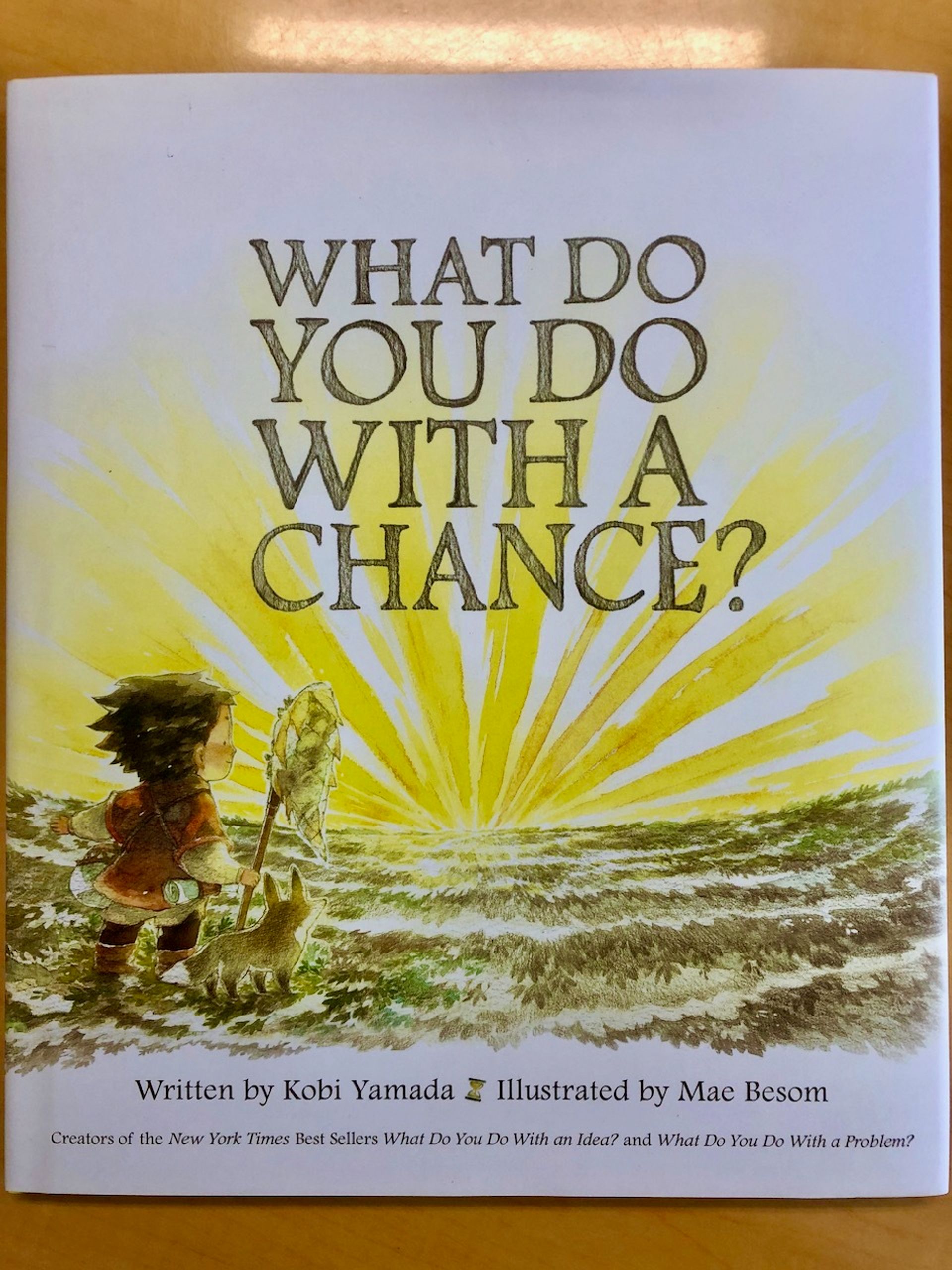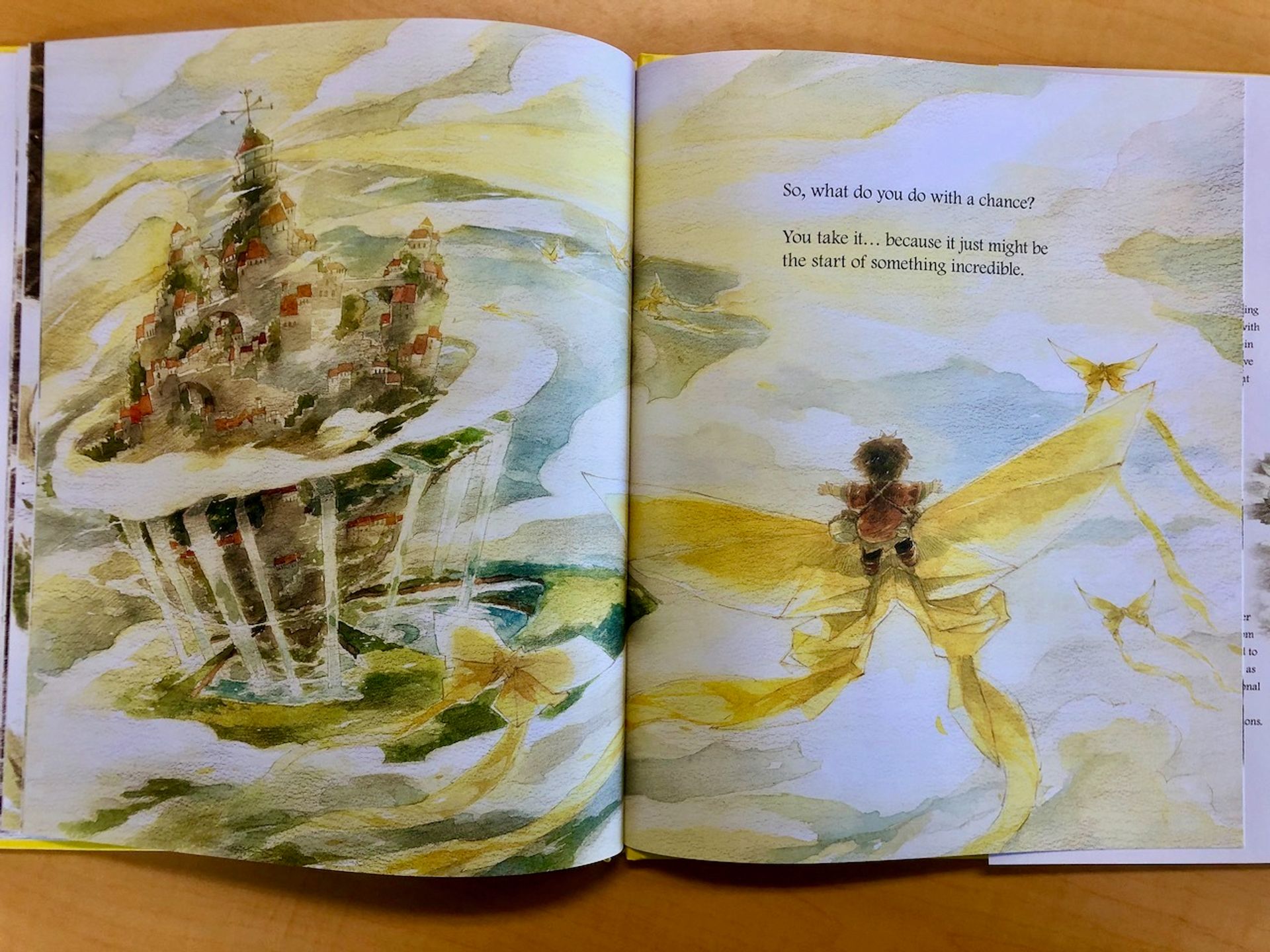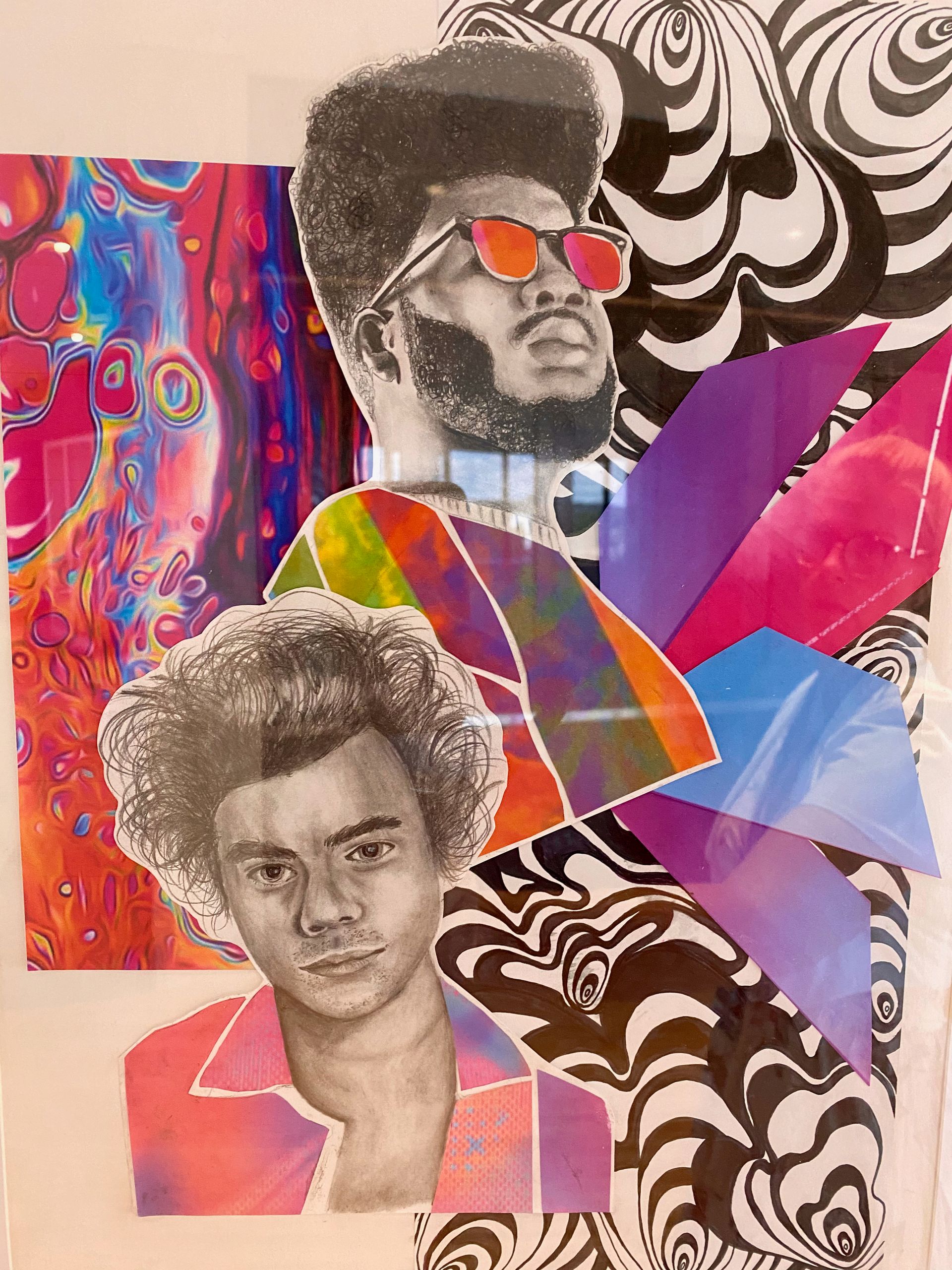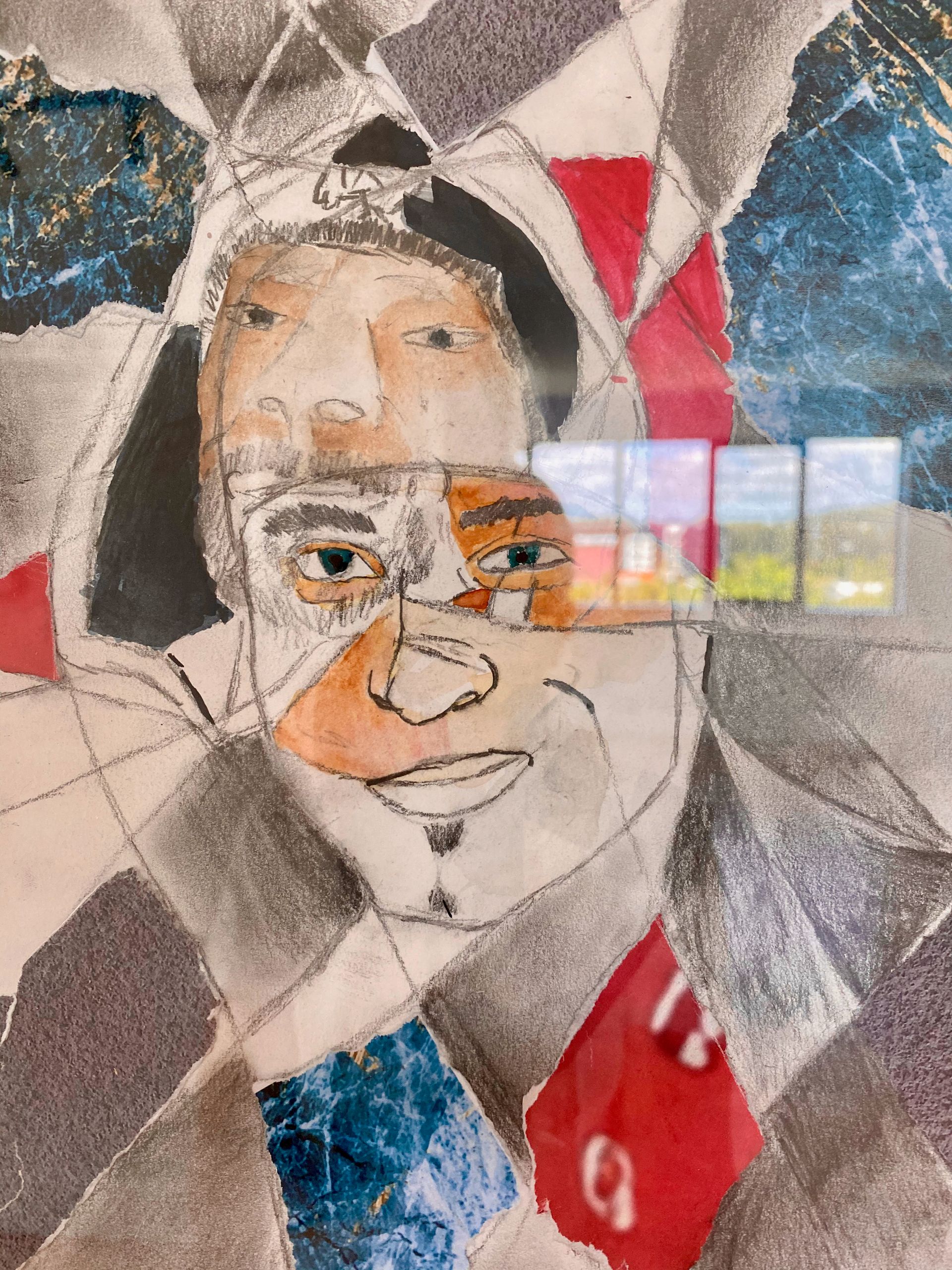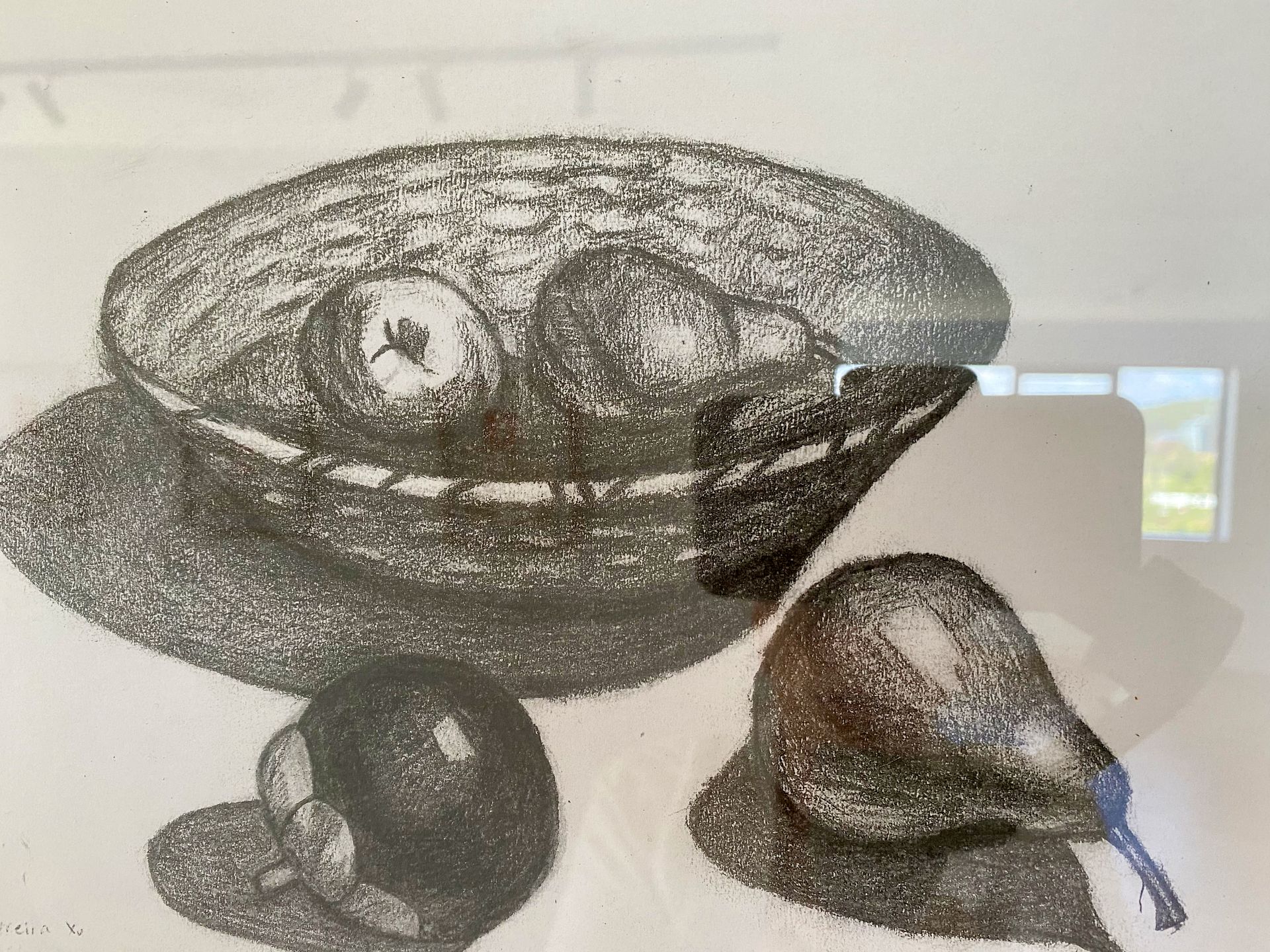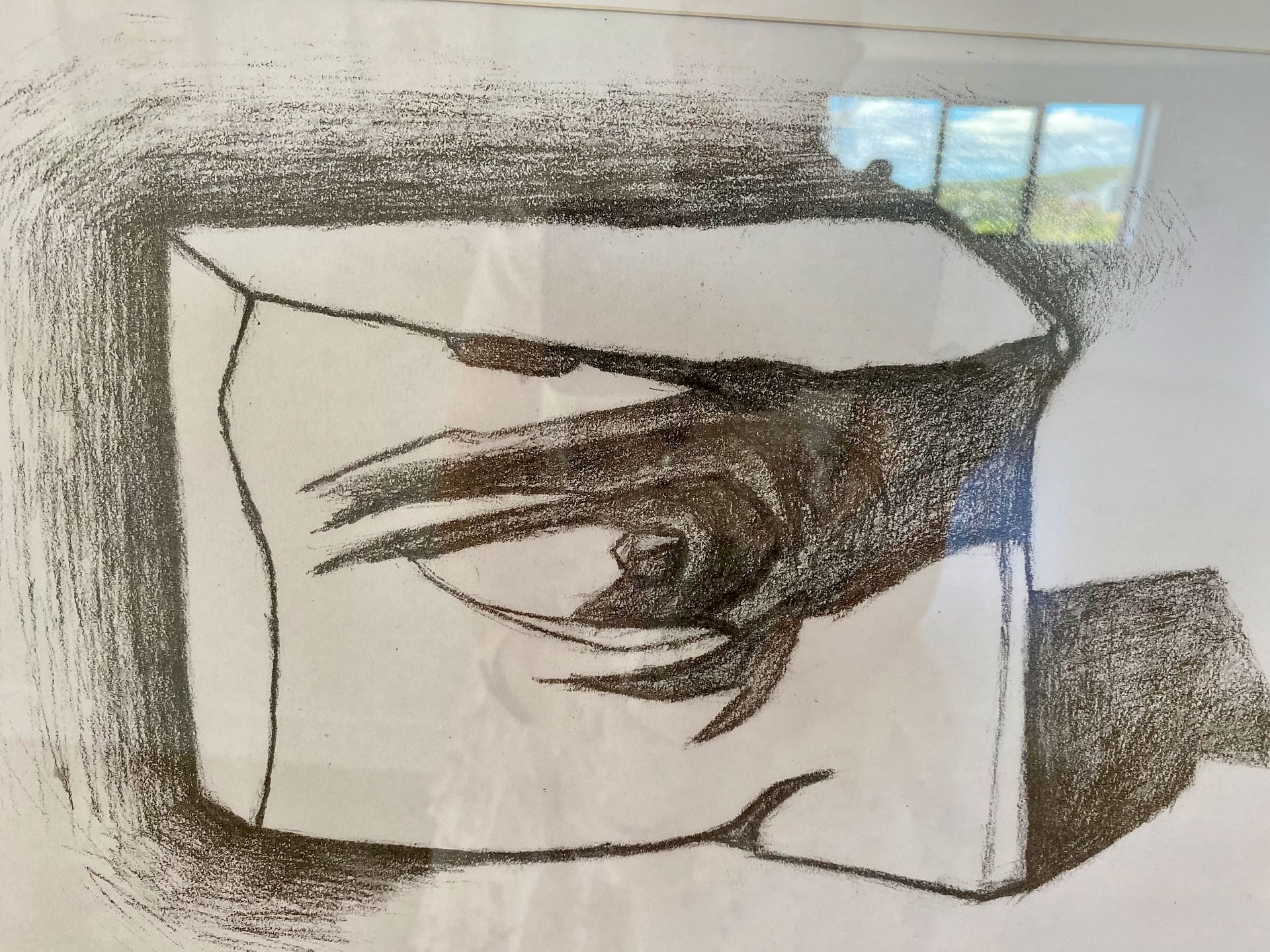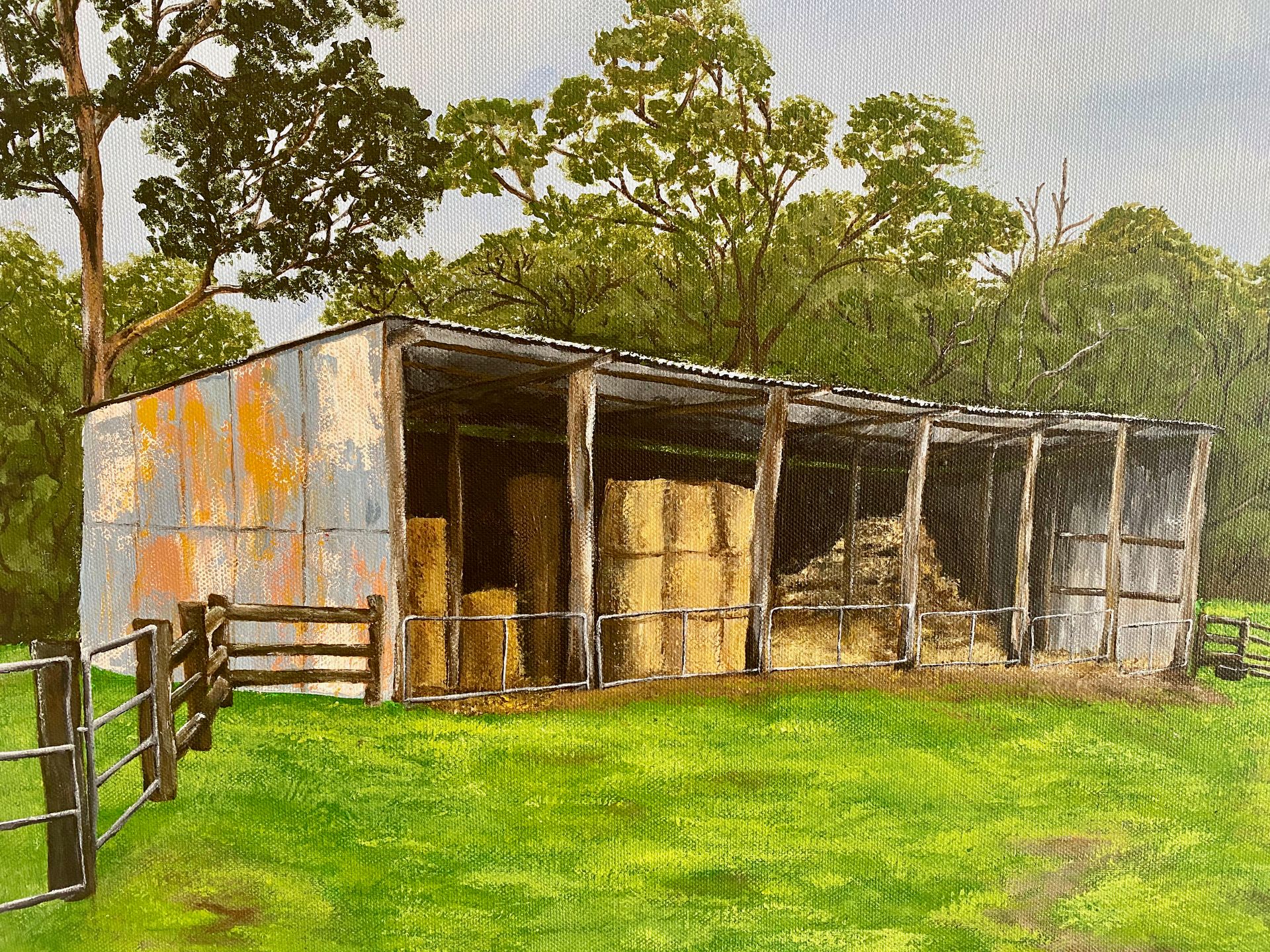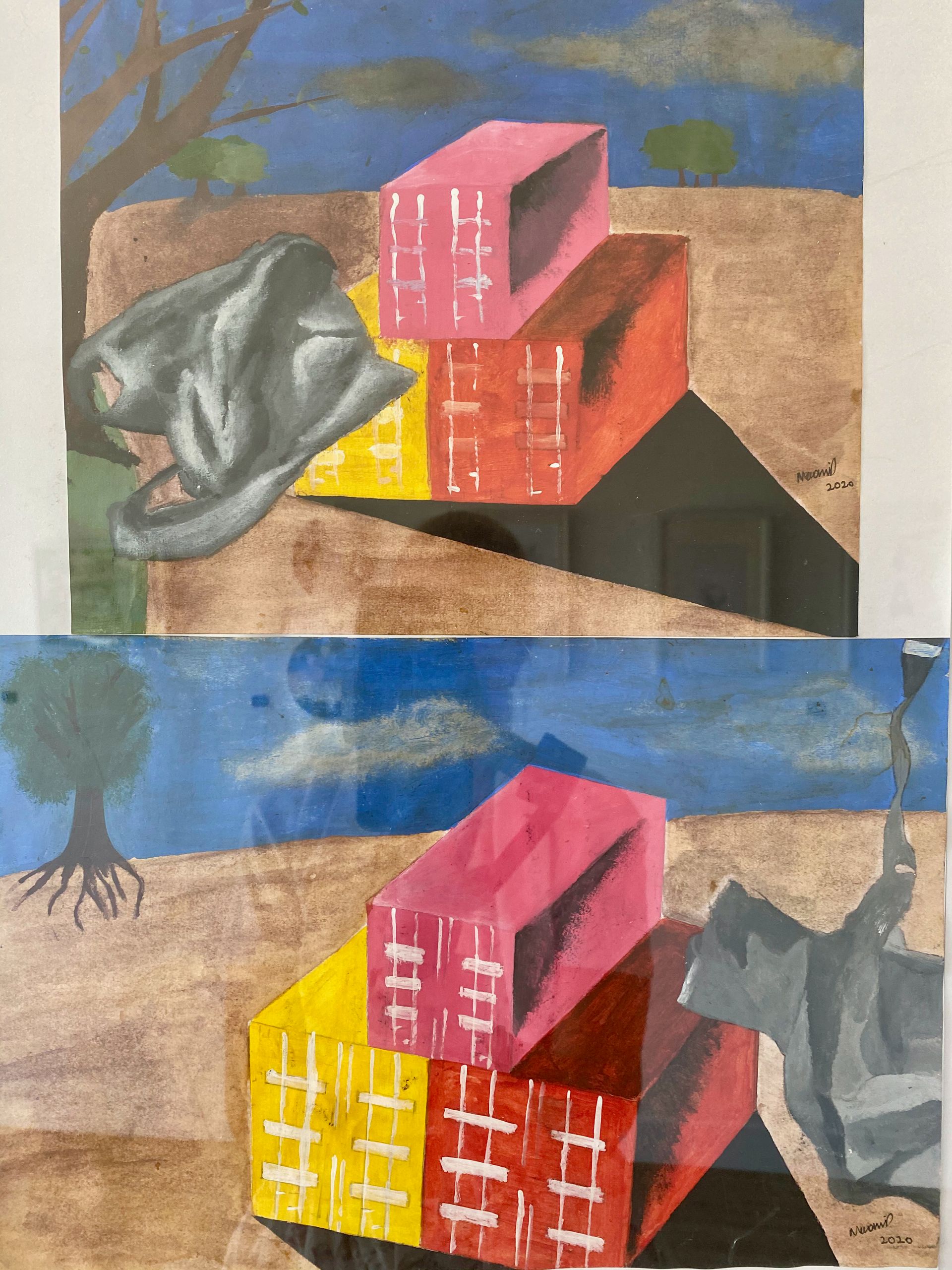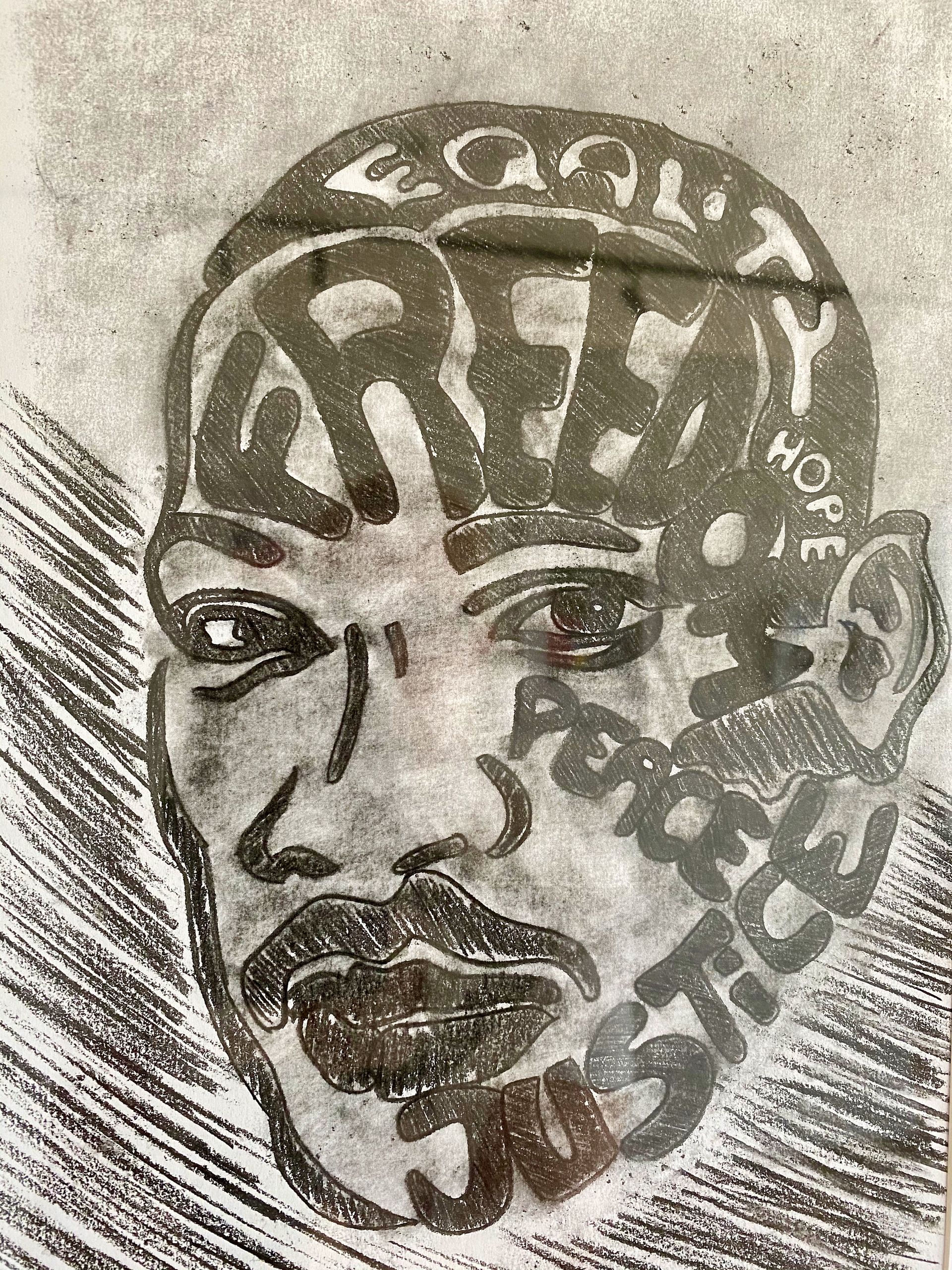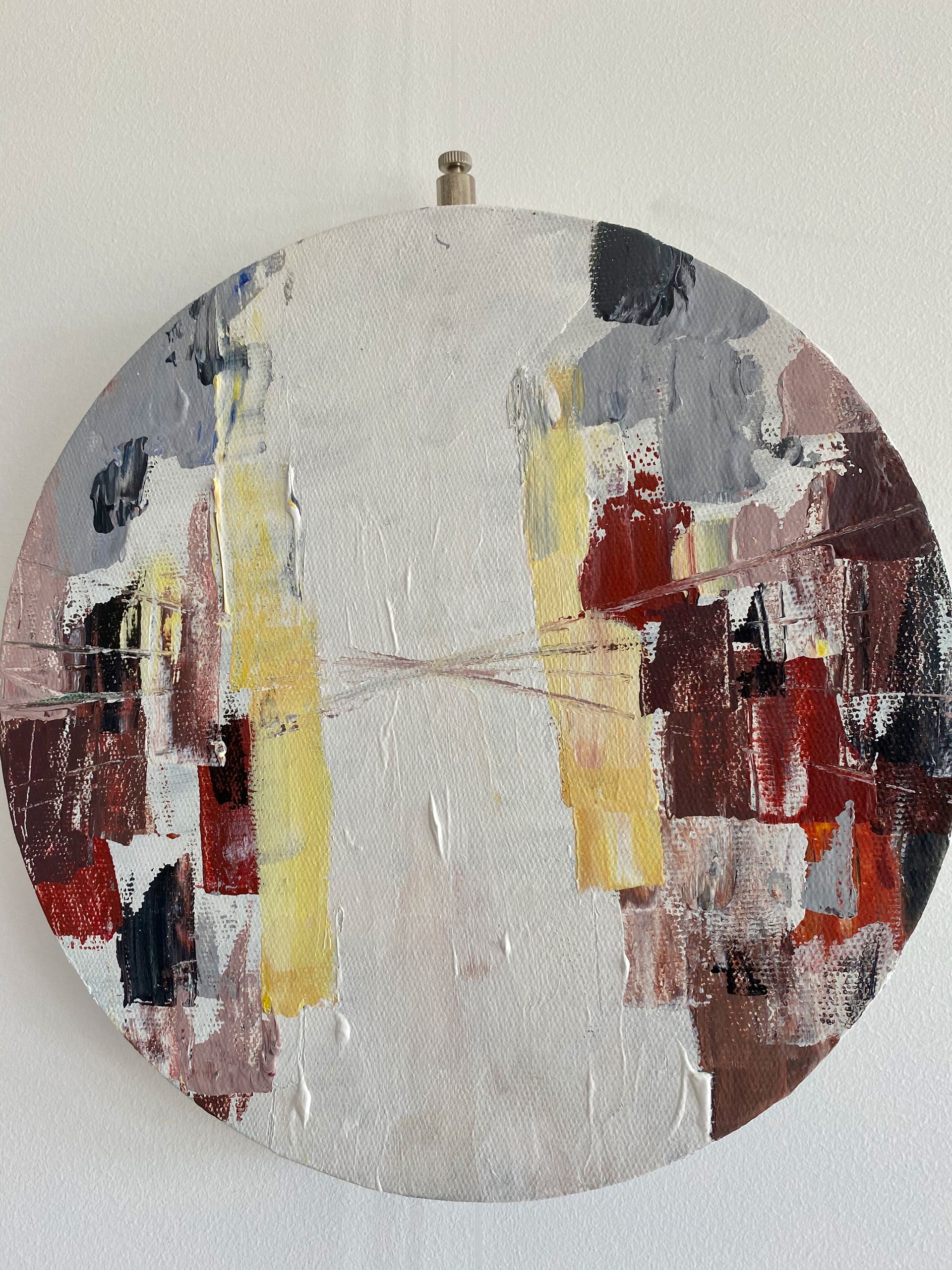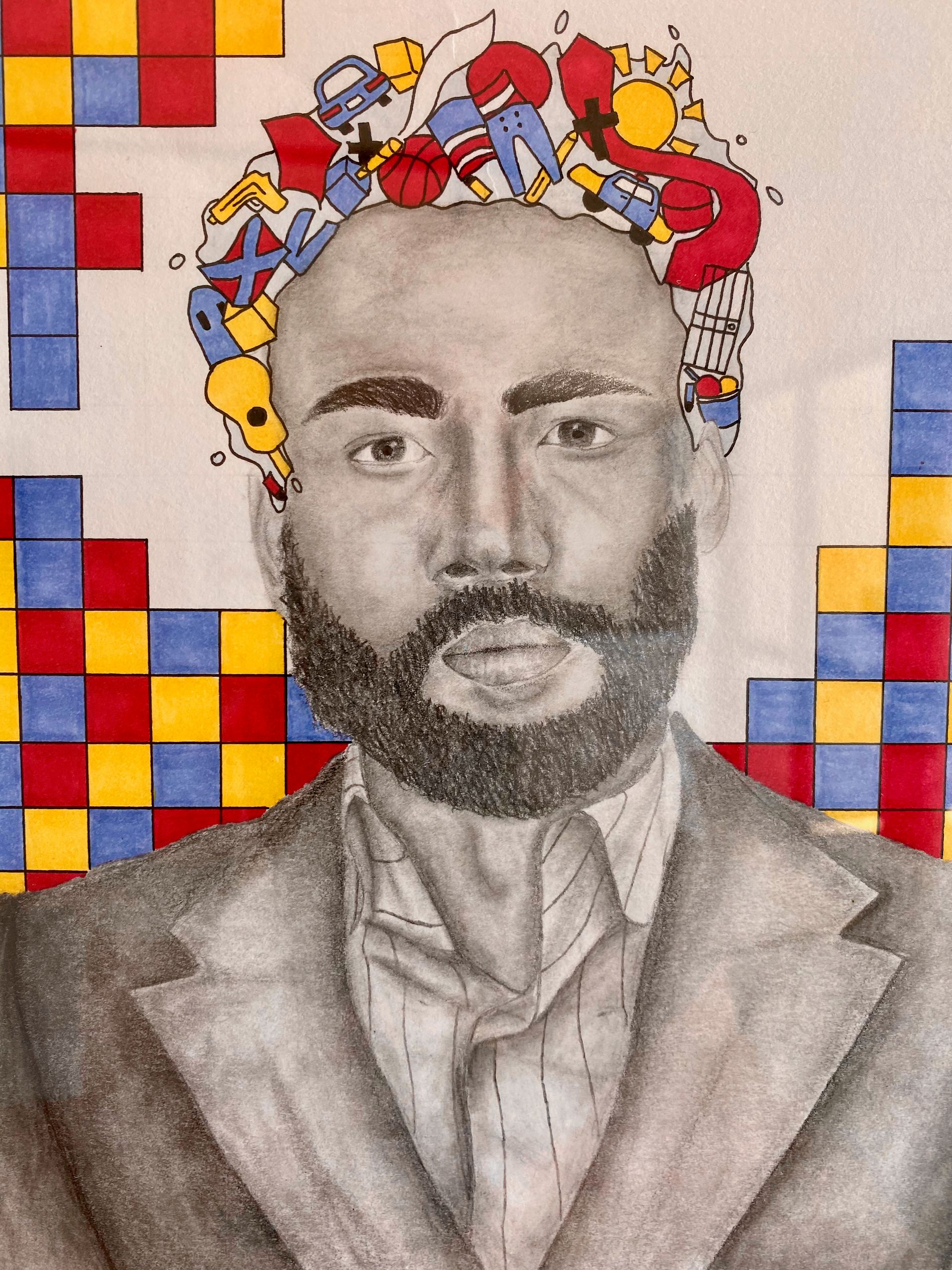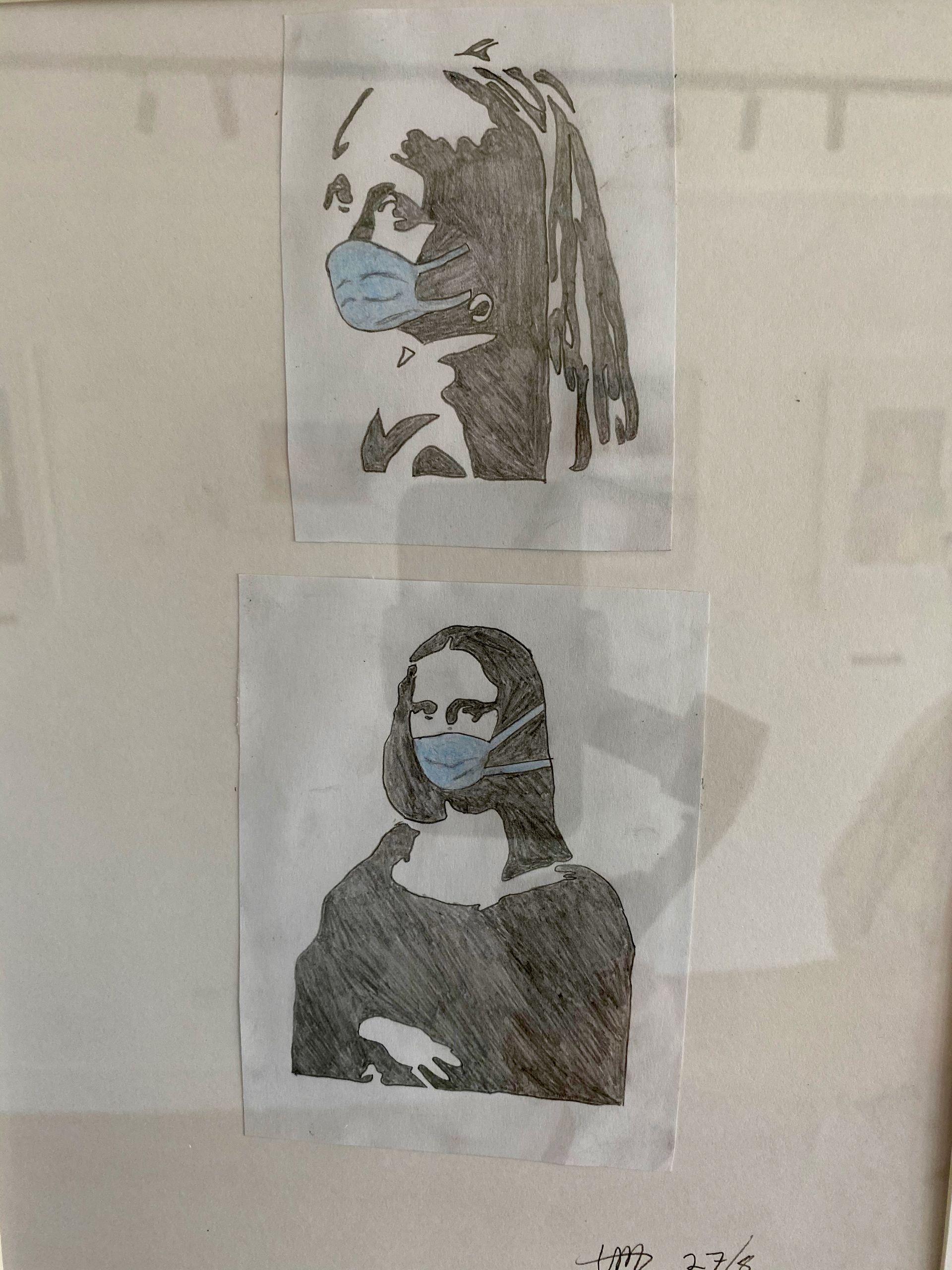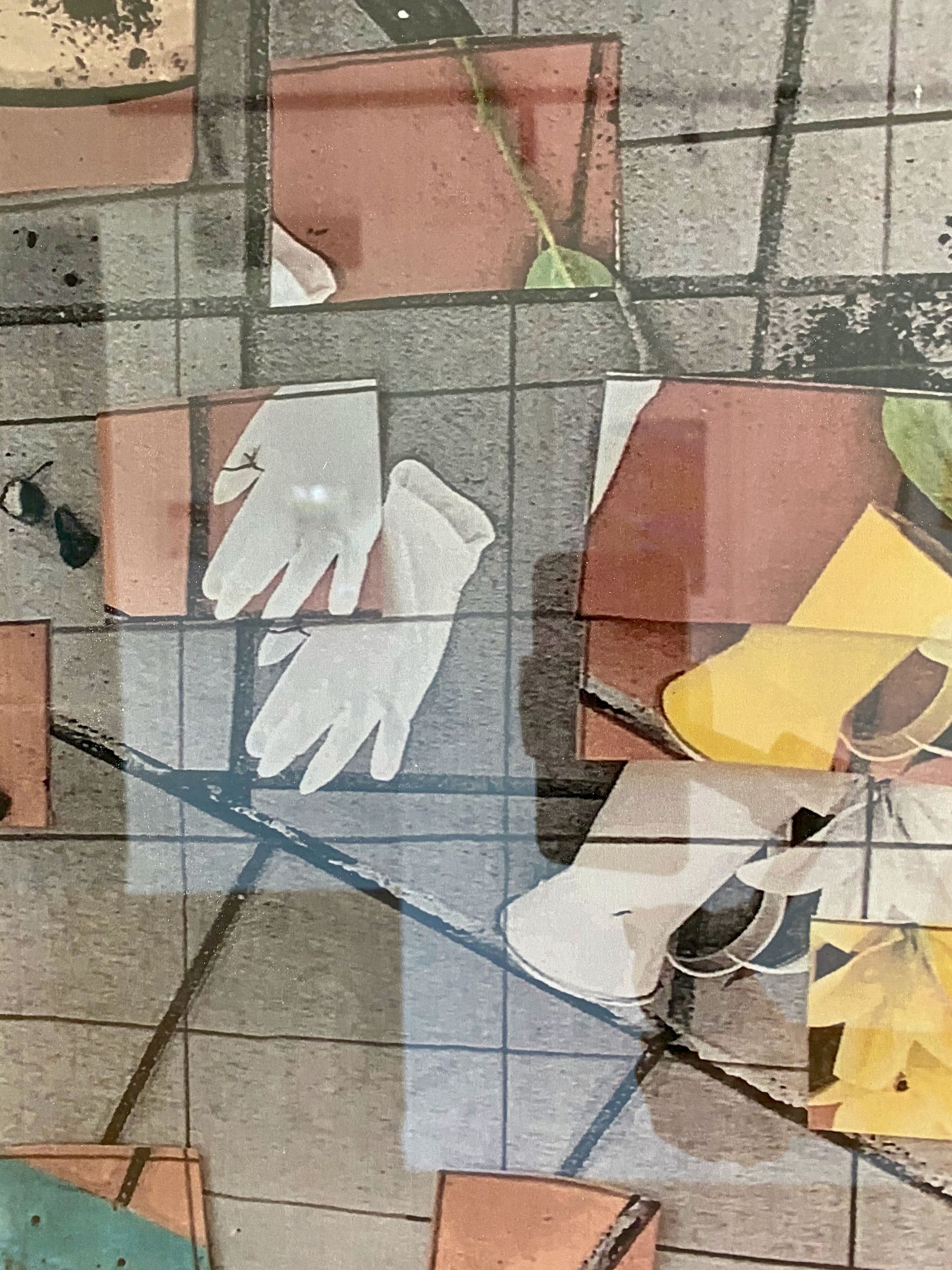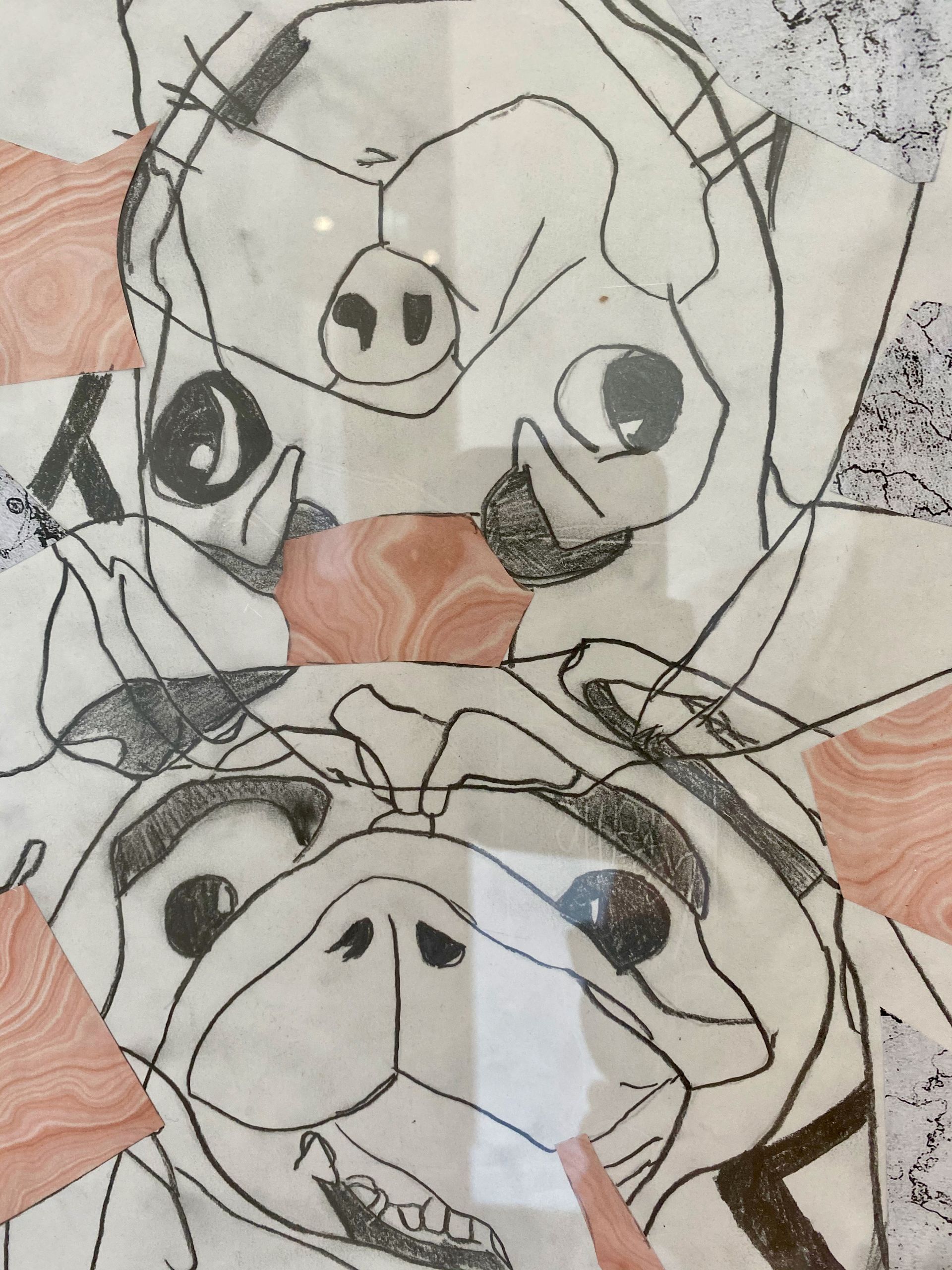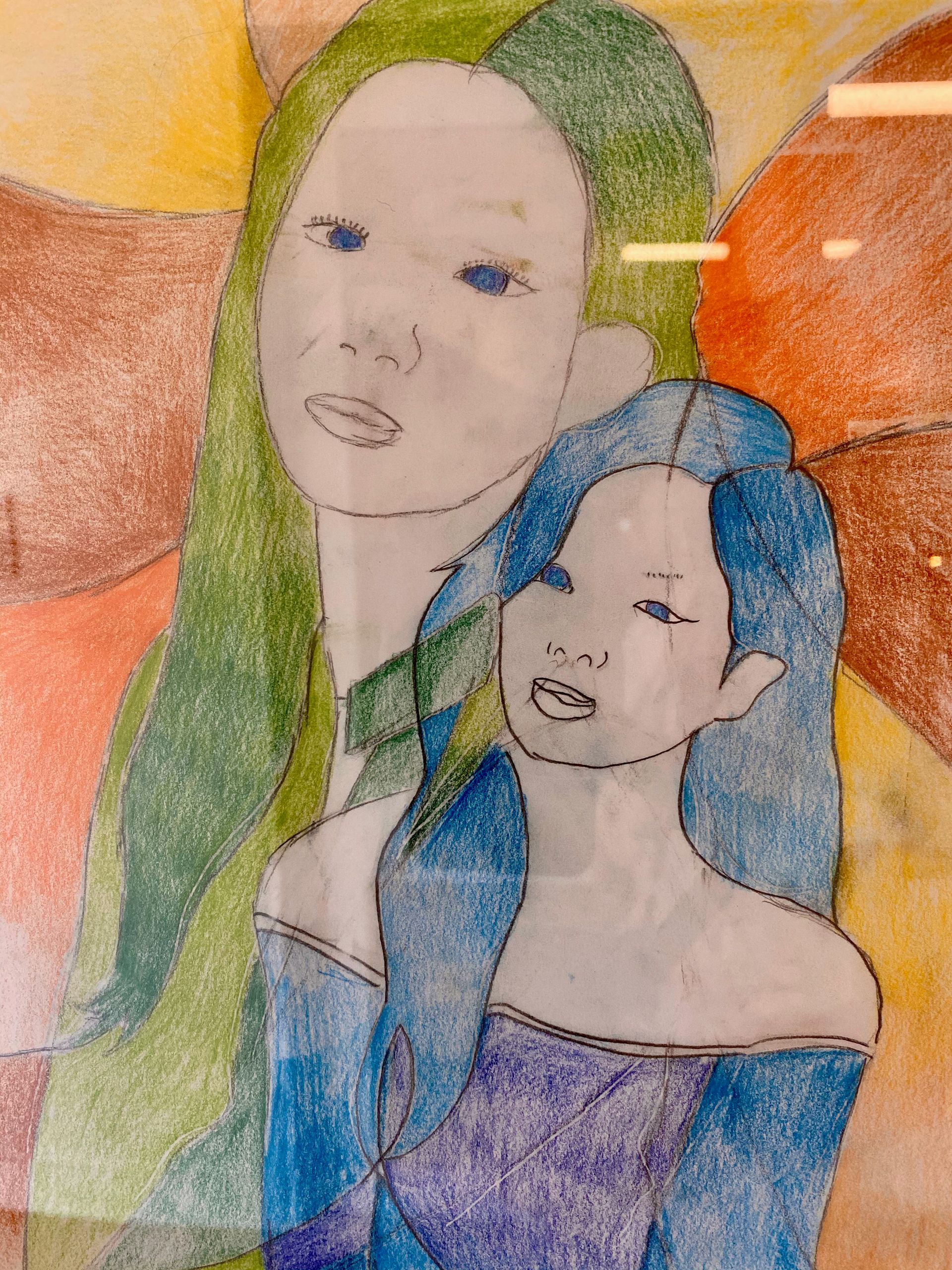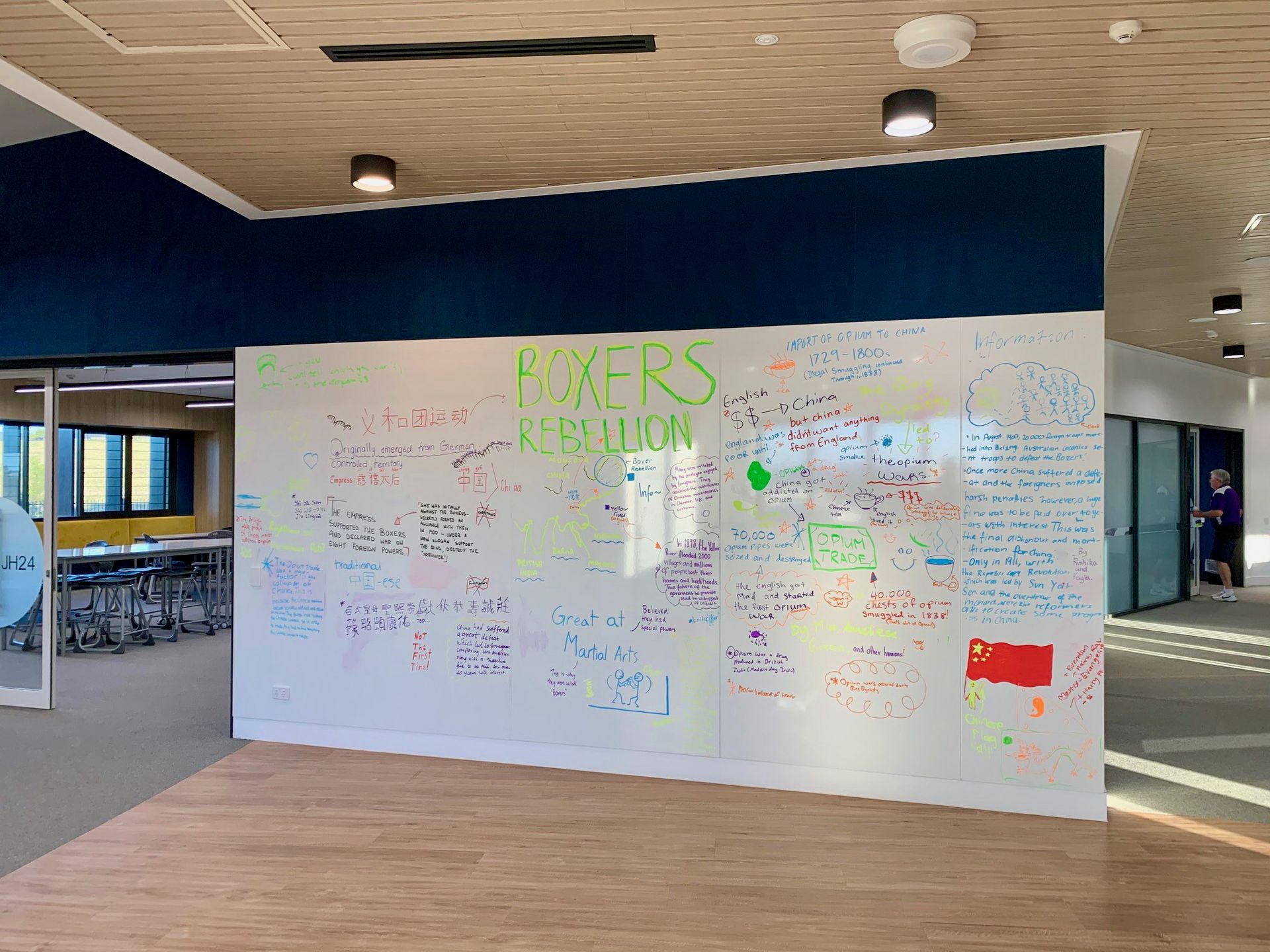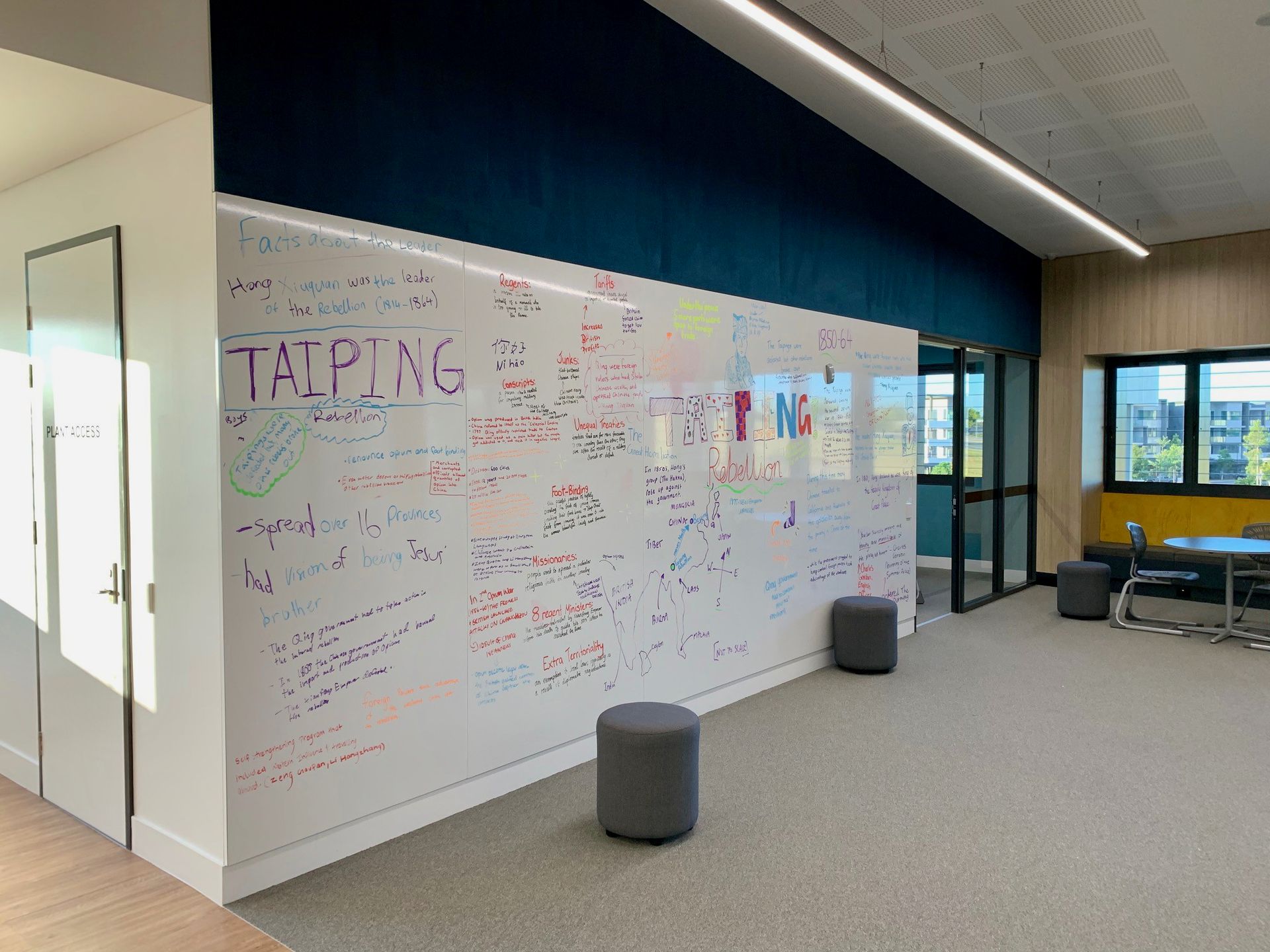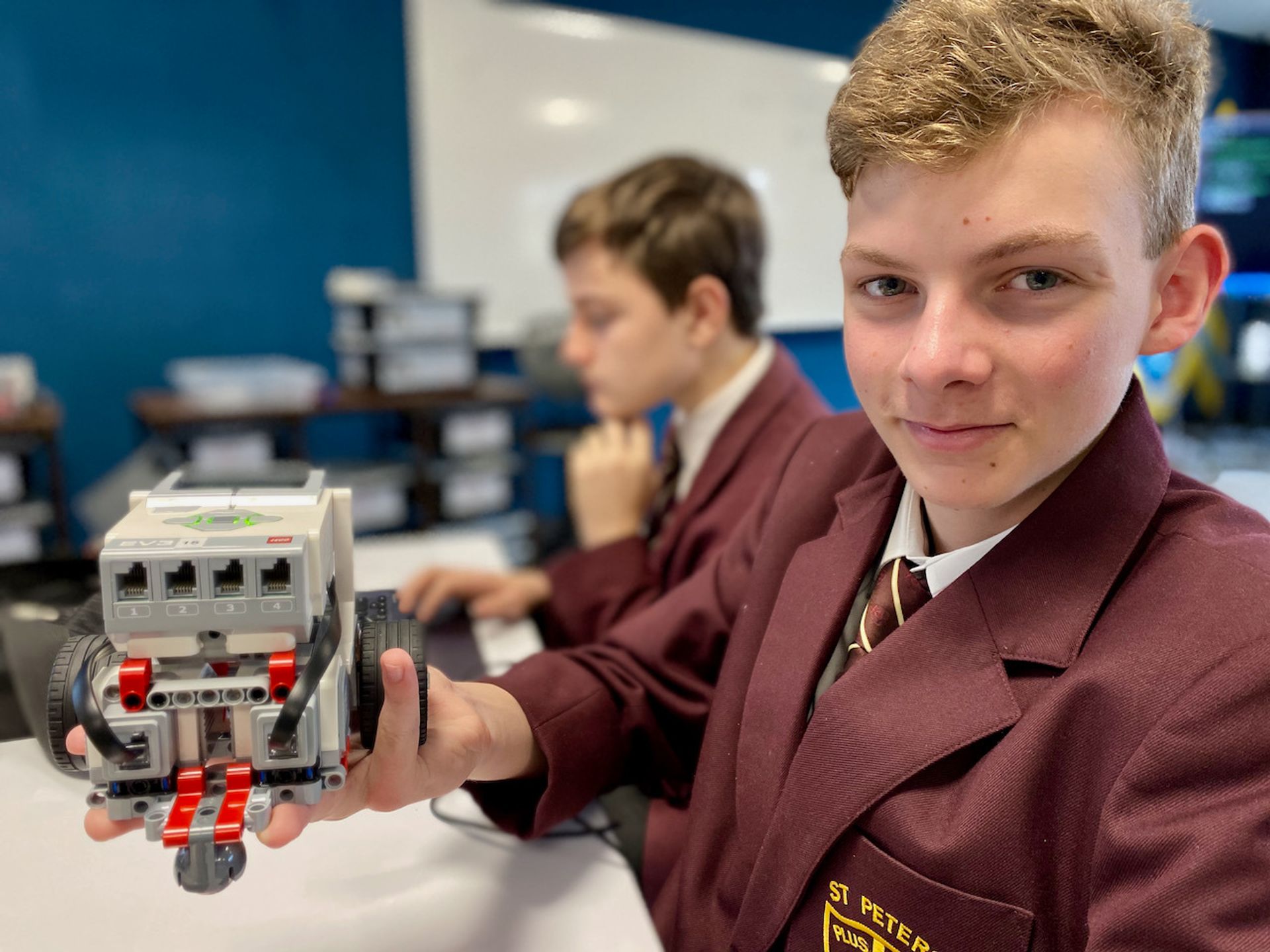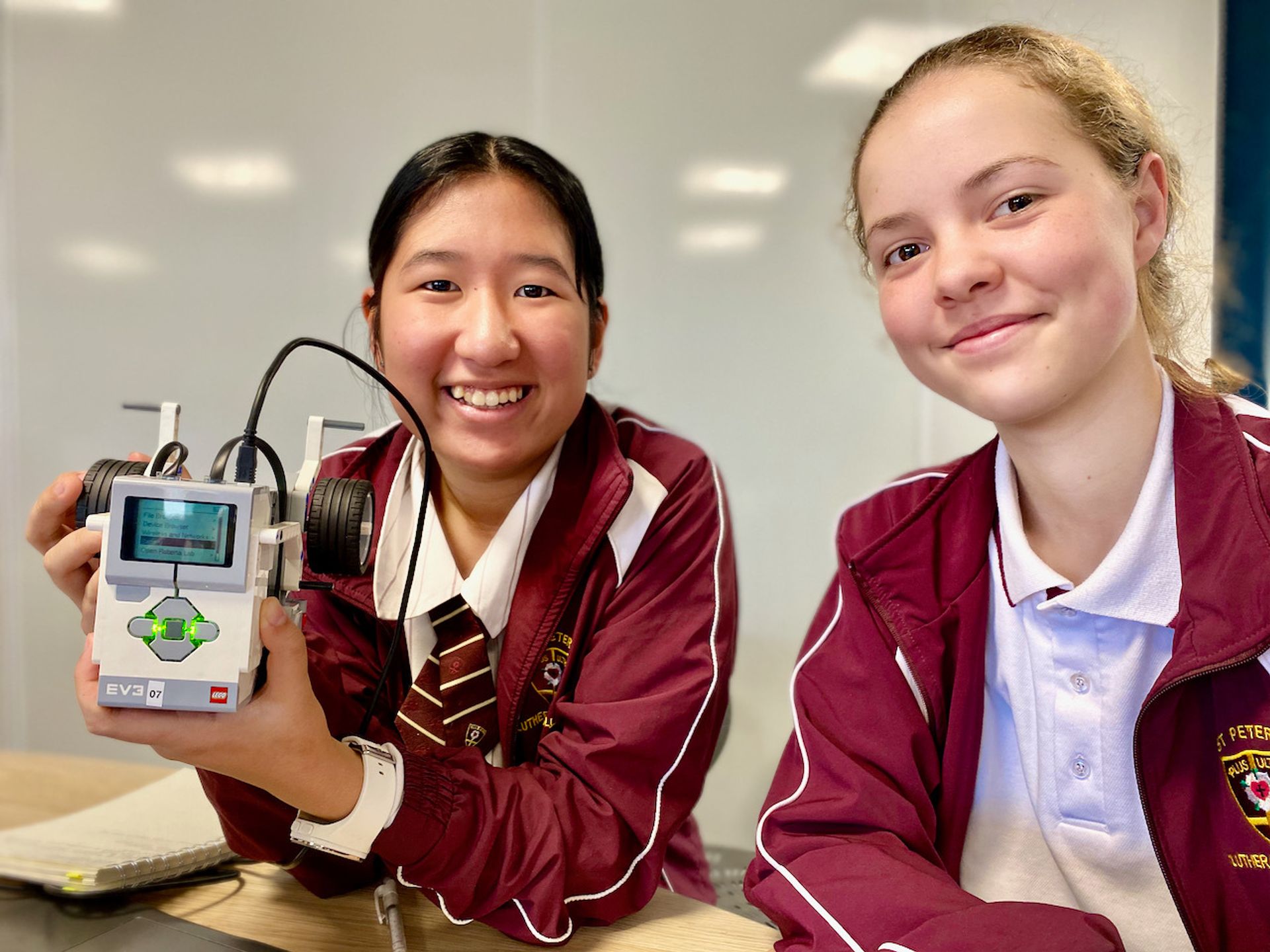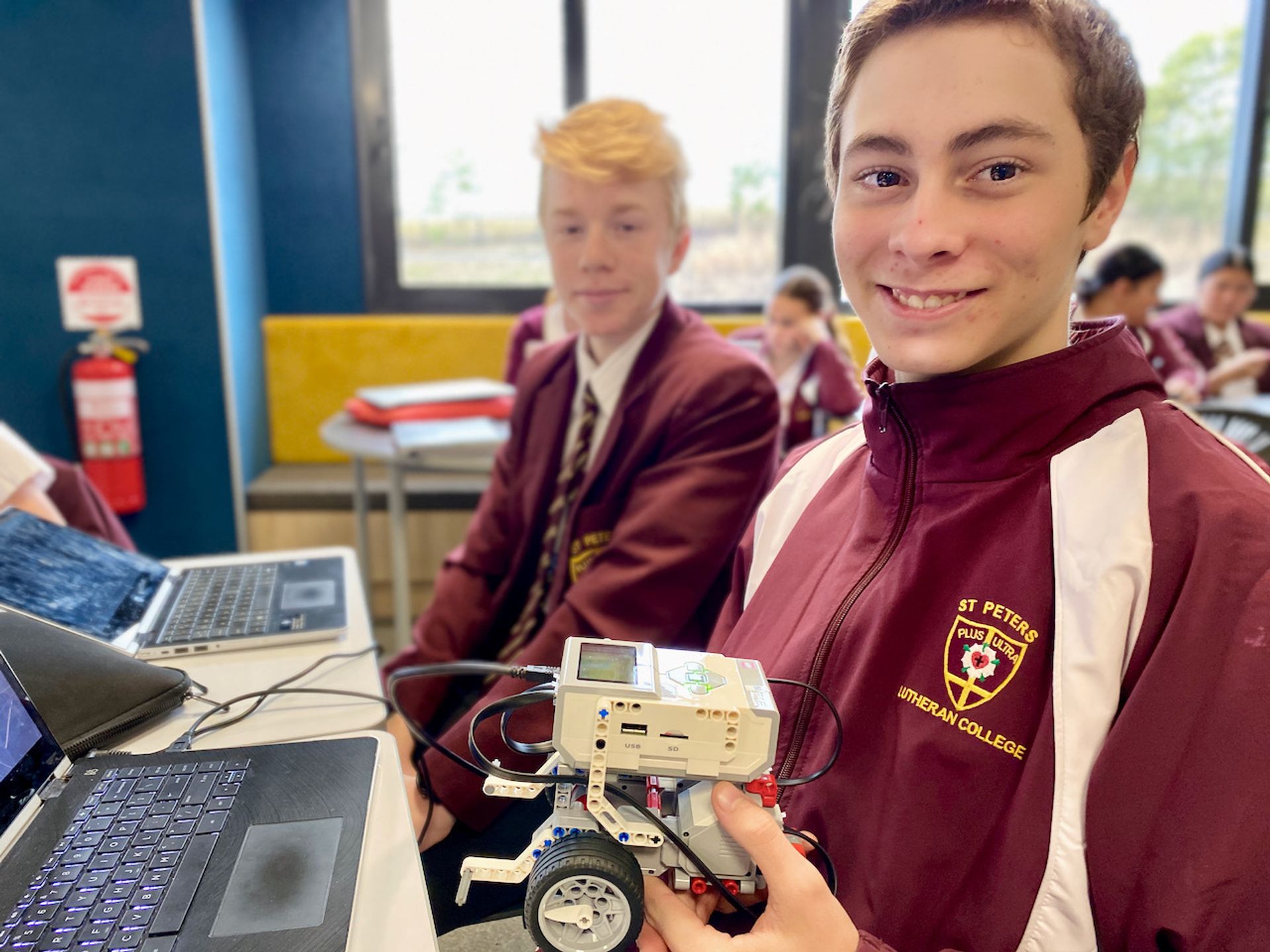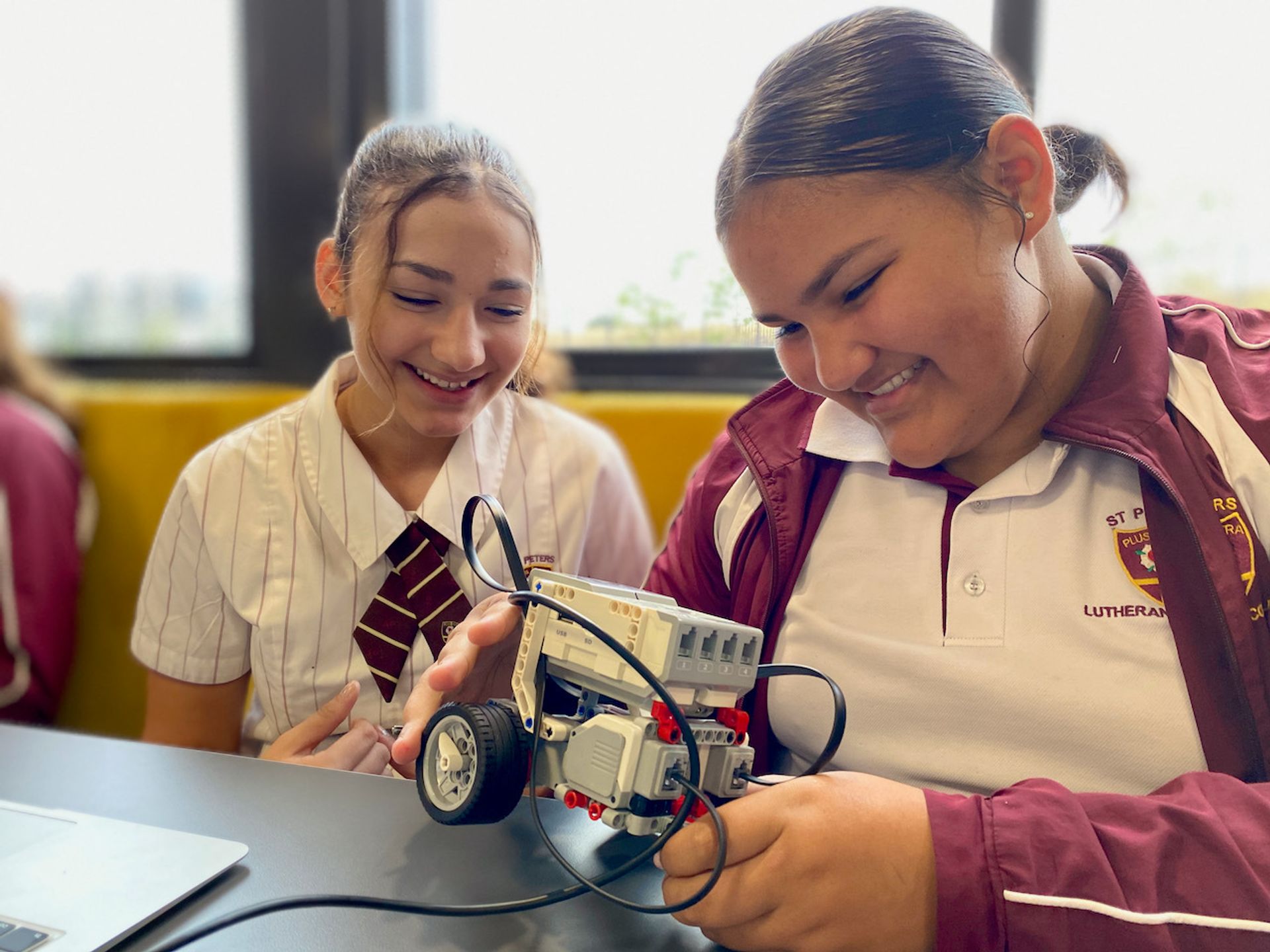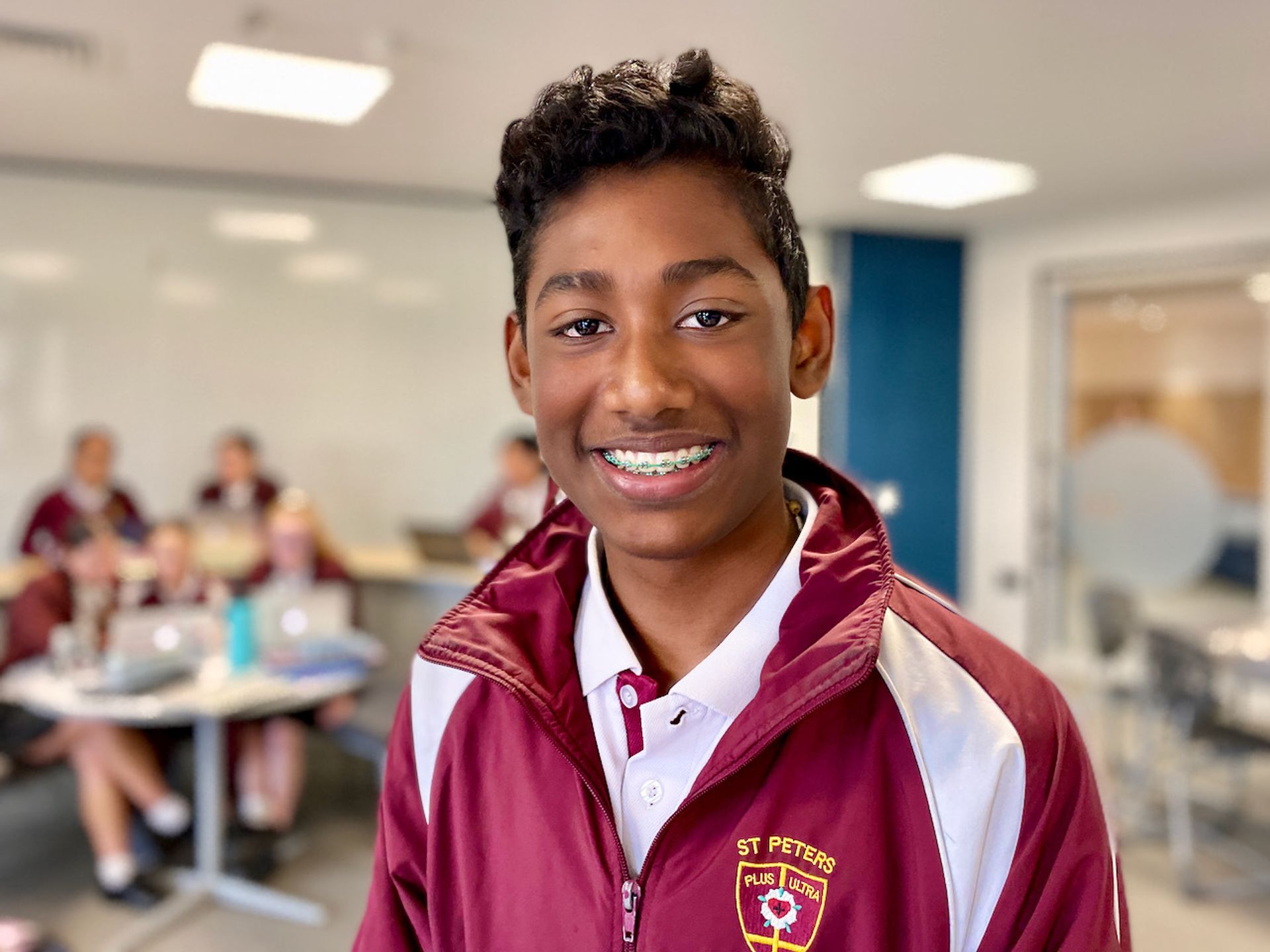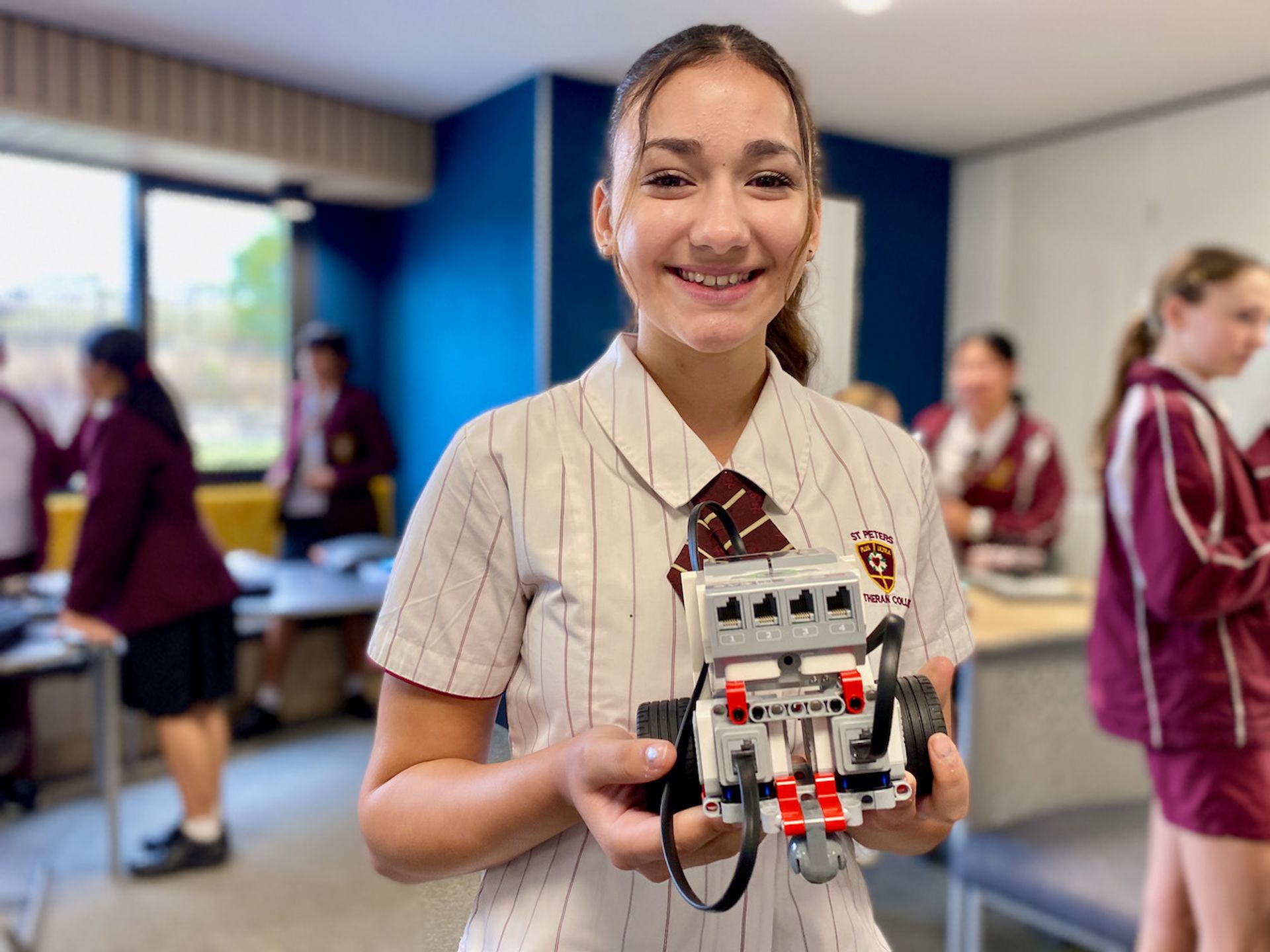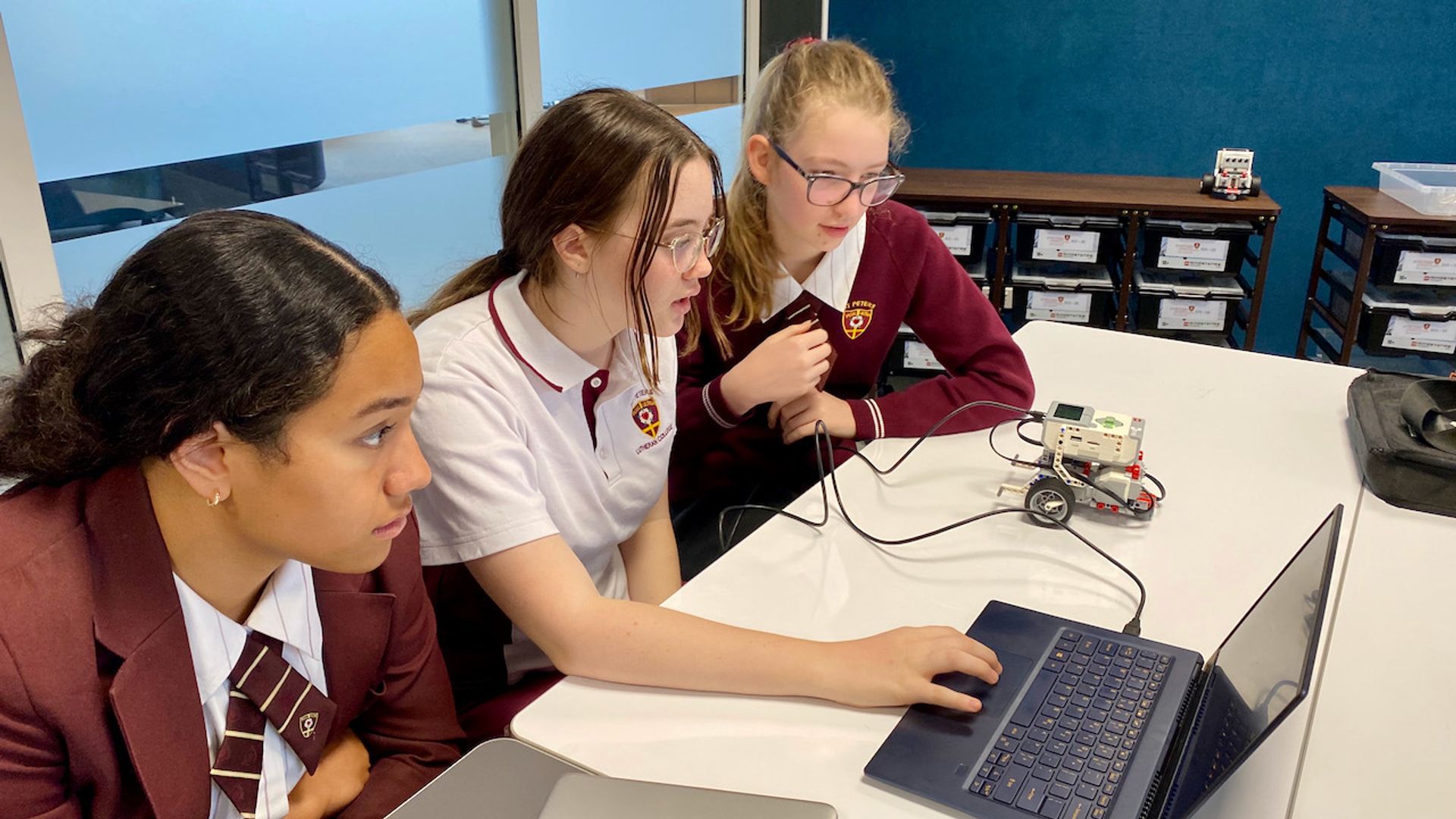By Mr Craig Schmidt—St Peters Springfield Principal
“Every day, everywhere, our children spread their dreams beneath our feet and we should tread softly.” Sir Ken Robinson (1950-2020)
Sir Ken Robinson was one of the world’s most passionate and influential educational thinkers and the first name that comes to mind when talking about the place of creativity in education. He passed away last Friday 21 August leaving a remarkable global legacy. (I note that legacy has been one of the concepts being developed with our Year 9 and 12 students.)
His thinking continues to challenge at personal, systemic and international levels and provides a rich source of inspiration for educators.
“Creativity now is as important in education as literacy, and we should treat it with the same status.”
“Our task is to educate their (our students) whole being so they can face the future. We may not see the future, but they will and our job is to help them make something of it.”
“You cannot predict the outcome of human development. All you can do is, like a farmer, create the conditions under which it will begin to flourish.”
He believed in the inherent nature of a child as a curious and creative learner and a being of remarkable potential. It is our challenge as parents and educators to create optimal conditions for growth, to protect and nurture curiosity and creativity which leads to learning and innovation and empowers our young people for the future.
What does Sir Ken say about great teachers? He says they can fulfil three essential purposes for students:
- Inspiration: They inspire their students with their own passion for their disciplines and to achieve at their highest levels within them.
- Confidence: They help their students acquire the skills and knowledge they need to become confident, independent learners who can continue to develop their understanding and expertise.
- Creativity: They enable their students to experiment, inquire, ask questions, and develop the skills and disposition of original thinking.
What are the essential competencies that education should develop in our children to help them succeed in their lives? According to Sir Ken they are:
- Curiosity – the ability to ask questions and explore how the world works
- Creativity – the ability to generate new ideas and apply them in practice
- Criticism – the ability to analyse information and ideas and to form reasoned arguments and judgments
- Communication – the ability to express thoughts and feelings clearly and confidently in a range of media and forms
- Collaboration – the ability to work constructively with others
- Compassion – the ability to empathise with others and to act accordingly
- Composure – the ability to connect with the inner life of feeling and develop a sense of personal harmony and balance.
- Citizenship – the ability to engage constructively with society and to participate in the processes that sustain it.
They are aspirational statements which align well with the values and mission of Lutheran schooling, our strategic intents and with the commitment expressed by staff for our young people as represented by, in and through our Graduate Tree.
With the official opening of the Junior High Precinct next Friday, a creative and inspiring facility in itself, I cite a few Precinct examples from a recent walk through to illustrate how such thinking manifests at St Peters. I was delighted to see a developing art installation of 2-D and 3-D works in the gallery space, student design thinking evident on the walls and cupboards of the iSTEAM laboratory, students coding robots and thinking made visible filling the upper-level whiteboard walls with a special shout out to the Year 9 History students. I saw teachers working collaboratively and taking full advantage of the creative agility of the learning spaces. I also saw the character strengths including bravery, creativity, curiosity and love of learning, up on display with student engagement evidenced by the attached names.
I love books and learning and have a great appreciation for the creative talents of others. At the Year 12 Wellbeing Day on Monday, I read the story ‘What do you do with a chance?’ written by Kobi Yamada and beautifully illustrated by Mae Besom. It is suitable for Preps, parents and Principals and speaks to being brave and not missing chances because we are fearful of making a mistake or failing. The concluding page of the book finishes: “So, what do you do with a chance? You take it… because it just might be the start of something incredible.” As reflected in our Graduate Tree – we want our young people to be problem-solvers, brave, creative, inspired and empowered … and we also want them to be discerning.
Are we there yet? Of course not, we will forever be a work in progress. Are we committed? Absolutely. I see it and hear it around me every day. We continually seek to learn, grow and improve so we may better serve the young people in our care. It takes vision, time and energy and I thank the staff and leaders, past and present, for theirs (and Sir Ken for his), and I thank God, whose creative hand we see in ourselves and in the world around us, for his provision.
Be part of our supportive St Peters Springfield community and contact enrolment by email s.enolments@stpeters.qld.edu.au or call 3470 3888


